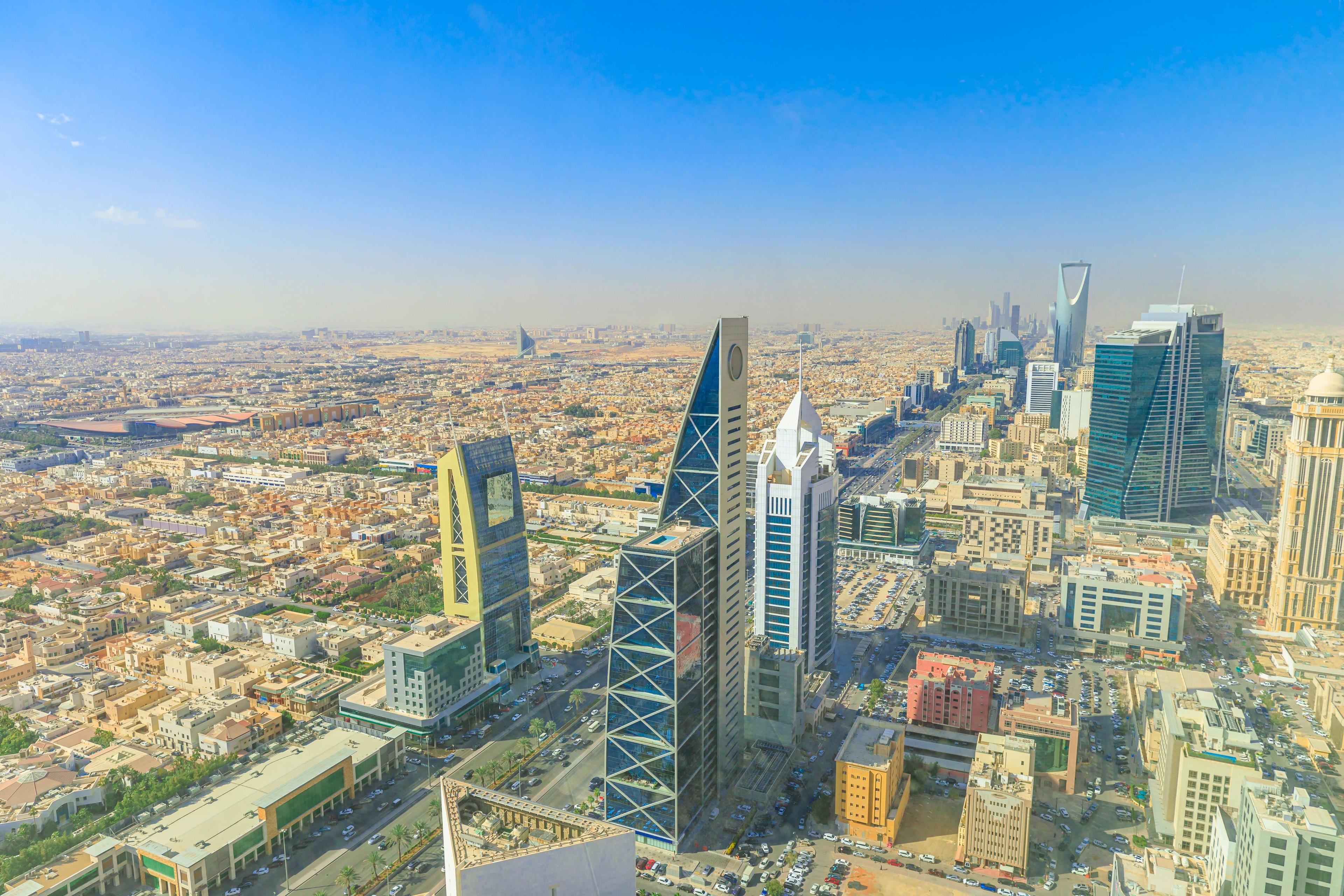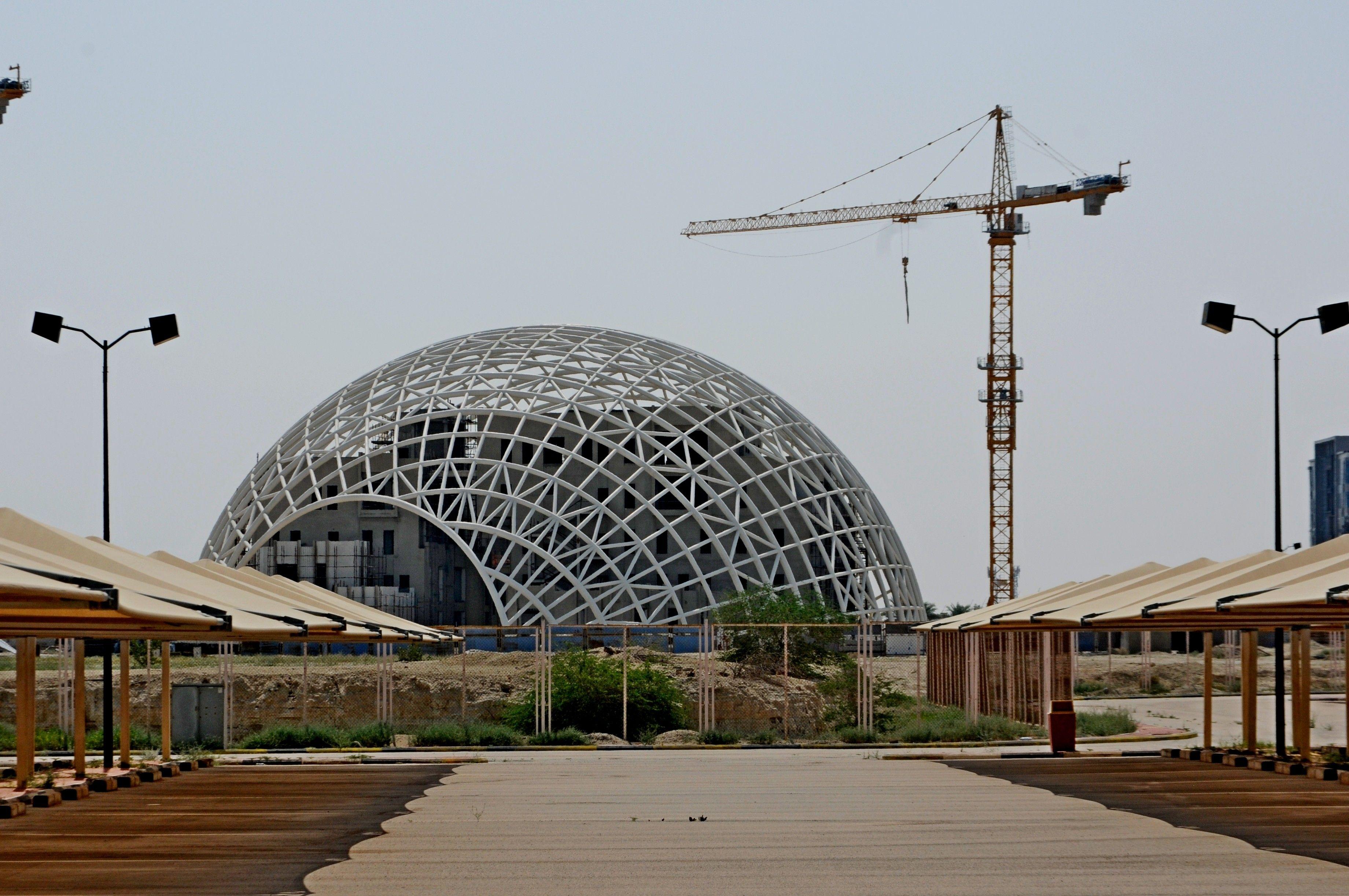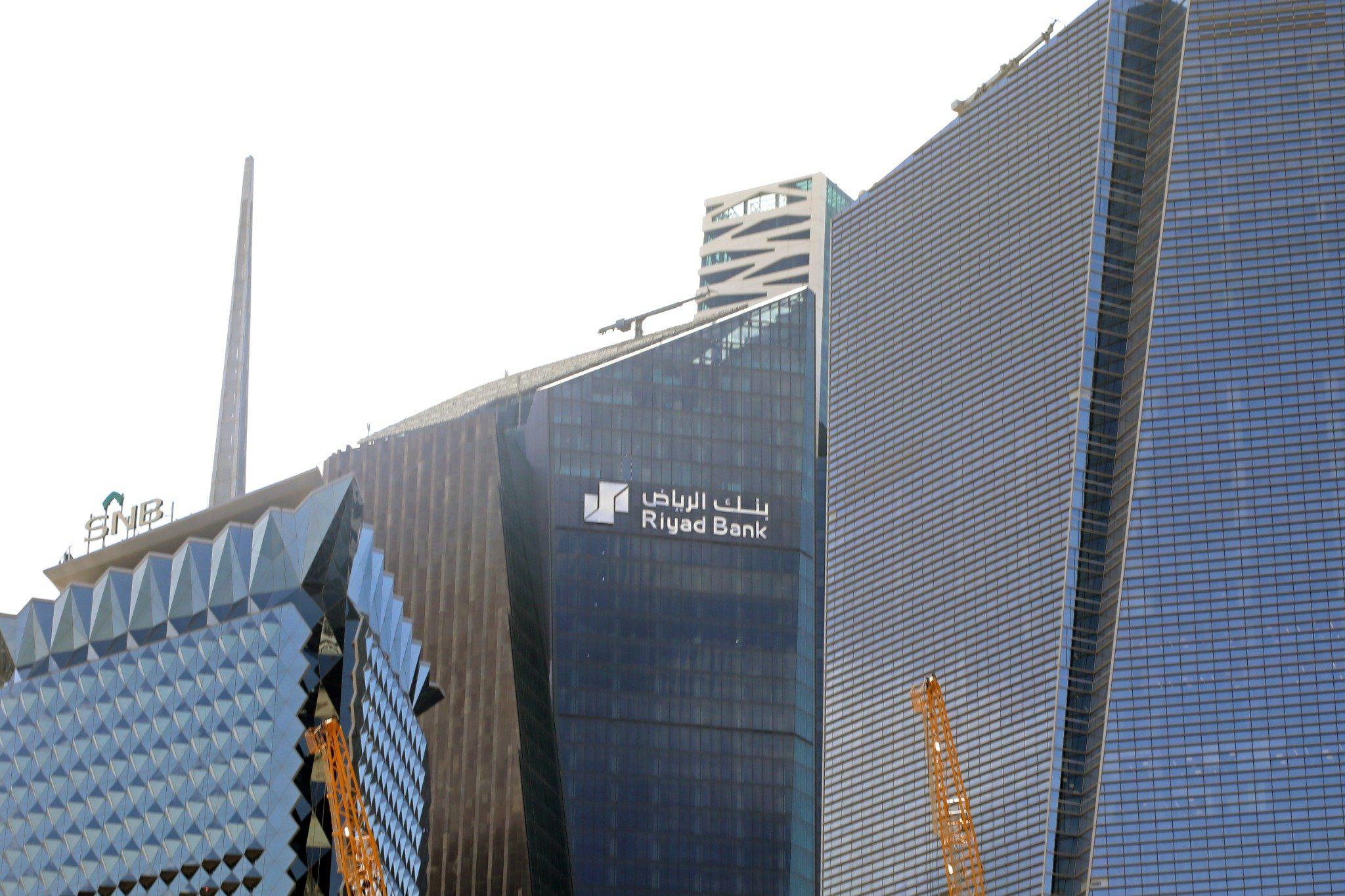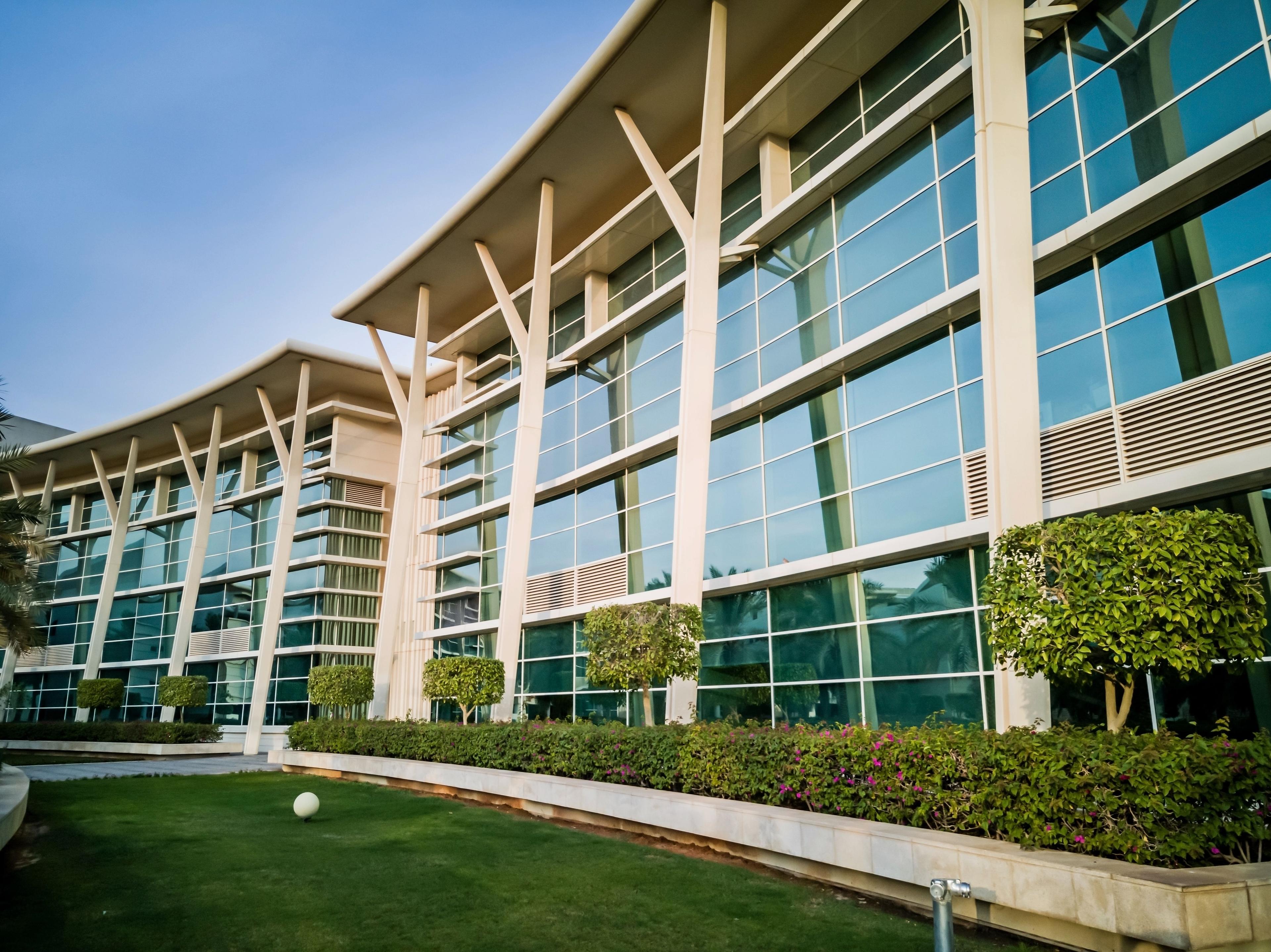
What are the Driving Forces Within the Saudi Logistics Sector?
This article explains the top trends shaping the Saudi logistics sector for 2025 and beyond
Last year, the Saudi logistics market reached $136.3 billion and is expected to skyrocket to $198.9 billion by 2030.
Rising manufacturing output and the country's rapid growth have driven higher demand for long-term logistics businesses and investors, attracted by opportunities associated with a healthy $1.1 trillion and hosting two of the world’s largest global events: Expo 2030 and the 2034 FIFA World Cup.
The potential to tap into the logistics sector has never been greater, thanks to ongoing reforms, incentives, and tax breaks, as Saudi aims to draw new avenues of private capital and international expertise to develop technical capabilities and expand delivery capacity.
In this piece, we discuss the critical market trends that are driving growth in the Saudi logistics sector and contributing to its appeal to global investors.
Increasing Investments in Multimodal Logistics Pave the Path for Seamless Connectivity
Saudi has set itself a target of $267 billion in infrastructure over the next decade. The Kingdom’s infrastructure development plan is mainly focused on four critical sectors—roads, railway networks, seaports, and airports—creating a multimodal logistics systems that operate very coordinated way to improve connectivity across the country, facilitating faster and easier movement of goods and people.
As part of its national targets, the Kingdom is heavily investing in its road infrastructure, dedicating SAR 3 billion ($799 million) to the expansion and maintenance of Riyadh's road infrastructure, covering approximately 15,000 km throughout the region.
Alongside roads, its railway sector has also received much attention, with plans to increase its rail network by 50% by 2030.
Meanwhile, the seaports are poised for major expansions, especially in light of the continuous increase in traffic at Saudi ports. For context, in 2024, Saudi ports handled 320.78 million tons of cargo, a 14.45% increase from the prior year.
To cater to rising air traffic, Saudi has been working to increase the number of airports and expand operational capacity at existing ones, driven by a strategic goal to triple passenger numbers to 330 million and increase freight capacity to 4.5 million tons annually.
Improving linkages between transport modes is fundamental is driven by an integrated and holistic approach to optimizing service delivery routes, ensuring the full utilization of the Kingdom’s transportation infrastructure. These advancements open up opportunities for companies that can respond quickly to supply chain changes with agility and reliability.
Logistics Zones and Hubs Boost Intercity Trade and Cross-Border Linkages
Completing the Kingdom’s multi-modal logistics models is an expanding network of logistics hubs strategically positioned across Saudi. In essence, logistics hubs and zones are designed to support efficient distribution, sorting, management and the seamless movement of cargo nationwide, acting as central points for logistics operations.
As the Saudi logistics industry continues to develop, there’s an emphasis on expanding the number of logistics zones from 22 to 59 by 2030. This includes the development of 18 new logistics zones, with total investments exceeding SR10 billion ($2.66 billion).
Moreover, the significant uptick in e-commerce and retail consumption has boosted the demand for warehouses and logistics facilities, which have increased by 267% since 2021. By investing in these hubs and leveraging its multimodal transport connectivity, Saudi is effectively driving industrial growth and anchoring its position in global supply chains.
The strong relationship between improved logistics performance, increased exports, and economic growth is a catalyst for positive ripple effects that resonate throughout the economy. Saudi’s rising re-export activities have accelerated the demand for transport, logistics, and warehousing facilities. As a result, the e-export logistics centers have grown from just two in 2019 to 23 operational facilities by 2025.
Accelerating Digitization Across Maritime Logistics and Ports
Historically, seaports dominate Saudi Arabia’s trade volume. The Jeddah Islamic Port alone handles around 60% of the Kingdom's imports by sea.
Meaning, ports' efficiency is directly tied to the nation’s export performance and economic competitiveness. Optimizing port operations with smart technology has become a priority for Saudi as a means to improve efficiency, reduce congestion at ports, and increase overall throughput.
The Saudi Ports Authority (Mawani) is leading this transformation through its "Smart Ports" Initiative, which aims to accelerate the implementation of advanced technologies at key ports.
The digitization push across Saudi ports has opened the door for collaboration with global companies.
Back in 2022, Saudi Global Ports (SGP), in collaboration with STC and Huawei, signed MoUs to develop 5G-based proof-of-concept solutions in infrastructure, cloud computing, and cybersecurity for port operations.
Key ports like NEOM Port are now investing in automated systems, including remote-controlled Ship-to-Shore (STS) cranes and Autonomous Guided Vehicles (AGVs). In May 2025, NEOM Port received Saudi Arabia's first automated cranes to streamline container handling.
These innovations are part of a bigger effort to improve the resilience of maritime logistics and support more reliable trade flows.
Embracing Sustainable Practices in the Logistics Value Chain
Amid Saudi's rapid economic growth, it aims to achieve net-zero emissions by 2060, a goal requiring significant energy transformation across sectors, including logistics.
The continued digitization of ports and investments in multimodal logistics lead to significant carbon emission reductions. Consolidating shipments and optimizing routes across different modes of transport ultimately reduces the number of trips and fuel consumption, lowering overall emissions.
This aligns with Initiatives such as the Saudi Green Initiative (SGI), which is spurring the Saudi logistics shift toward sustainability. Under this initiative, Saudi aims to make Riyadh one of the top 100 most livable cities in the world by 2030.
Fast-tracking the green logistics development, scaling circular logistics, and last-mile innovations offer new ways to meet customer demands while reducing environmental impact and contributing to the Kingdom's clean energy by 2030.
As one of the world's fastest-growing economies, Saudi is stepping up to meet national development targets by building a logistics sector that not only keeps pace with the tenacity of its progress but also establishes global leadership in developing world-class infrastructure.




